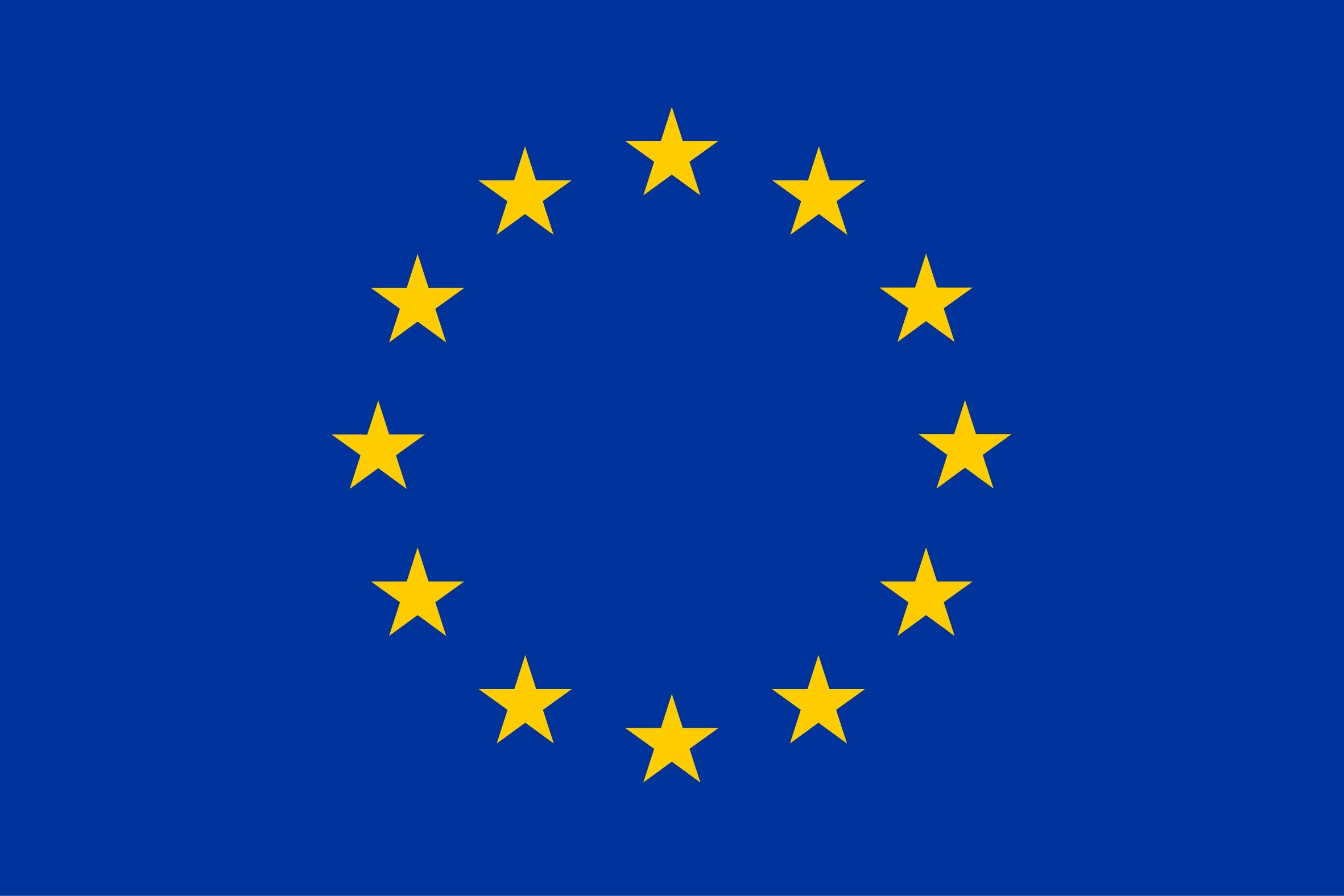This isn’t really the gen Z stare, I’d describe that as a very neutral expression.
Honestly I don’t actually think the Gen Z stare has much to do with the internet or COVID either, as much as it’s just something that caught on among people in school. I think another large element is that Gen Z culturally a lot less judgemental of people who don’t mask autistic traits.
The general nodding and 'mmhmm’ing we do to affirm we’re paying attention is something that’s effectively a social contract, although useful. The flip side of the Gen Z stare that people don’t talk about is that Gen Z also don’t mind recieving the Gen Z stare, and can converse through it.









Blurry photos is fine to make an stylistic choice. The 2019 movie The Lighthouse stylistically looked like a 1920s film, before modern music intentionally used bitcrushing, it used vinyl cracks, boomer shooters made in this decade intentionally look like 1990s Doom clones.
When a medium’s shortcoming is patched by technology, it ultimately becomes an artifact of the era where it was accidental. Once a few years have passed, it becomes more synonymous with the era than the mistake.
It’s not necessarily nostalgia, Gen Alpha and the younger half of Gen Z never grew up without smartphones, so they don’t miss the era of poor film photography. Although every generation does this simulation of forgotten mistakes, it’s particularly poignant now, where the high quality, perfectly lit, professional feeling photos convey something artificial, i.e. smartphone software emulating camera hardware, faces tuned with filters or outright AI generated content. Even if it’s false imperfection, the alternative is false perfection.
Art using deliberate imperfections that were unavoidable in the past is romanticising something perceived as before commercialism, and that’s admirable.